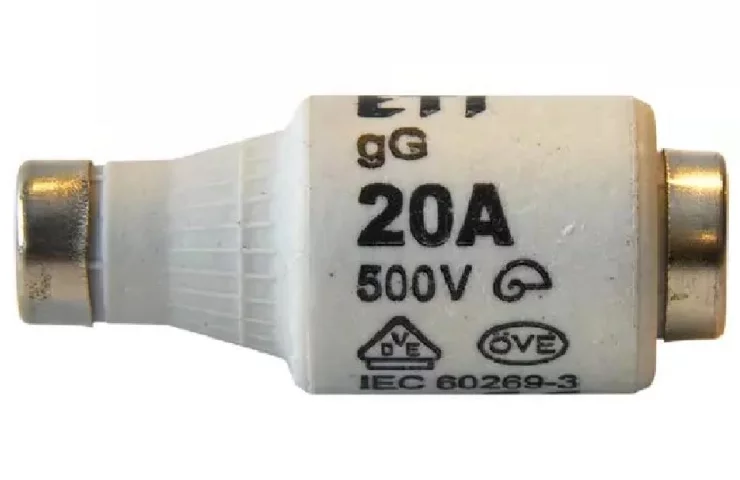Fuse links for fuse repair
Classic replaceable fuses for low-voltage industrial equipment effectively protect equipment against short circuits. But, after triggering, they need to be replaced. If buy fuses , you can significantly reduce the cost of buying new fuses. The only rule is that inserts must be selected of the appropriate rating in order to return the fuse to its original technical characteristics.
How the fuse-link works
The fuse body can be made of ceramic or polymer material. External contacts made of pure copper, additionally plated with a layer of lead or tin, to protect against corrosive processes. There is a fusible link inside the body, additionally surrounded by sand. The principle of operation is as follows:
- Under normal loads, the insert does not overheat and passes the entire load to the consumer.
- Increasing the load leads to instant heating of the fuse-link.
- Thin copper wire bridges burn out instantly due to overheating.
- There is a physical gap between the source of electrical energy and its consumer.
- Before replacing the fuse, eliminate the cause of the short circuit or increased electricity consumption.
Important: the sand inside the fuse protects against the increased temperature of the metal part of the insert when it burns out. The absence of sand can negatively affect the safety of all electrical equipment. In case of replacement of the fuse-link, dry sand must be returned to the housing. It can be a filler of any nature, from a non-flammable, non-conductive substance.
Changing fuse characteristics
Fusible links have certain technical characteristics. By combining them, you can achieve certain technical indicators that are necessary for unique equipment. But, it is worth remembering that you should not try to solder inserts with a total power greater than the nominal into the 250 amp fuse case. The case and contacts simply won't be able to withstand future loads. During the repair, it is worth considering other features:
- use only undamaged fusible links;
- refuse products with traces of corrosion;
- soldering in a workshop using high-quality solder;
- if possible, check the result for resistance;
- do not use inserts of doubtful origin.
In general, the repair is quite simple, and almost any master can handle it. The main thing is to have a sufficient supply of consumables in production.
